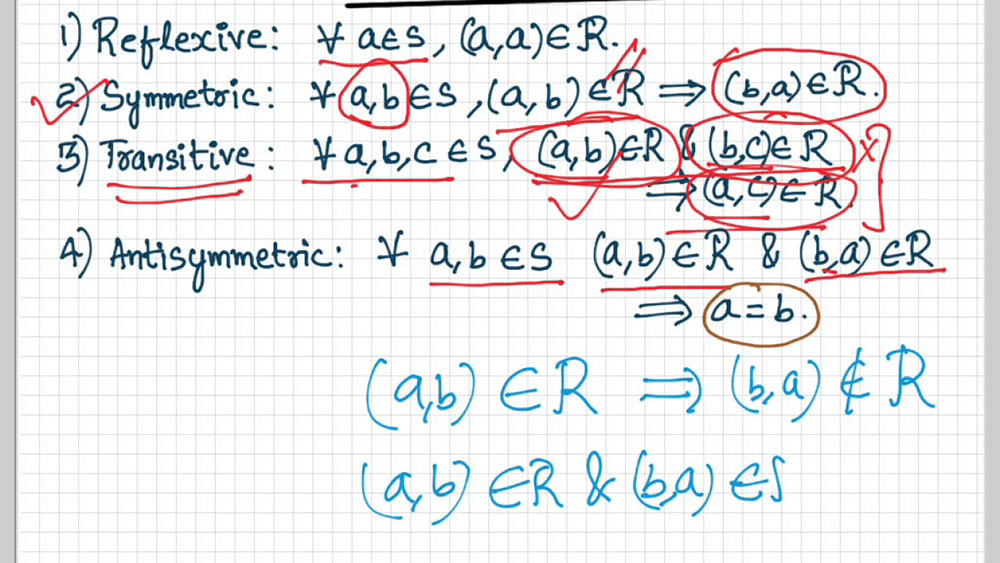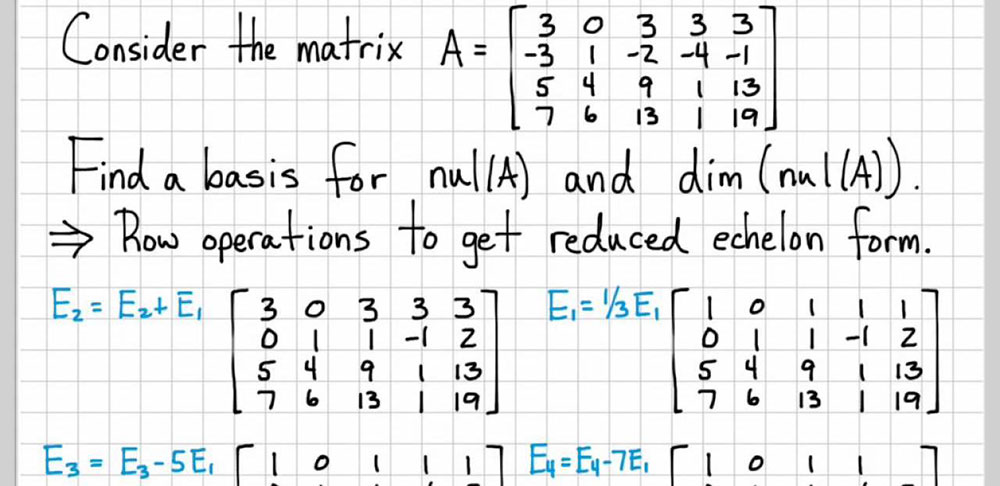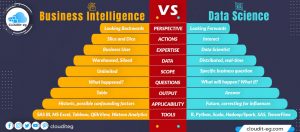Mathematics is the basis of any scientific discipline. Almost all the concepts of Data Science and Machine Learning are based on mathematical foundations.
As you learn programming techniques, algorithms, and languages in order to become a Data Scientist or to deepen your knowledge, you should not FORGET math.
It is often better to know the basics of algorithms you will be using than to be a simple performer. Therefore, a solid understanding of mathematics will give you a competitive advantage over your peers.
Consider a developer or an analyst. They can process a lot of data and information, but they are not interested in modeling that data. Often the emphasis is on using the data for an immediate need rather than on deep scientific exploration.
Data Science, on the other hand, should be interested in models and thus follow a scientific process. The scientific process is as follows:
- Model a process by probing the underlying dynamics
- Build hypotheses
- Measure the quality of the data source
- Quantify uncertainty
- Identify the hidden pattern from the analyzed data
- Understand the limitations of the model
Data Science is applicable to, almost, all fields. Thus, it can deal with problems as diverse as cancer diagnosis and analysis of social behavior.
This gives the possibility of a dizzying array of n-dimensional mathematical objects, statistical distributions, optimization functions, etc.
In the rest of the article, I will provide you with the concepts you need to master to be among the best Data Scientists.
Functions, variables, equations, and graphs

- Logarithm, exponential functions, polynomial functions, rational numbers
- Geometry, trigonometric identities
- Inequality
- Real and complex numbers, basic properties
- Graph, Cartesian and polar coordinates
- Series, suites
Use case
If you want to understand how a query executes quickly in a database with sorted big data, you will come across the concept of “binary search”.
To understand this concept, you need to understand logarithms and recurrence.
Or, if you want to analyze a time series, you may come across concepts like “periodic functions”.
Statistics

Many data scientists actually consider machine learning to be statistical learning.
Obviously, this is a very broad subject and planning and organization are essential to cover the most important concepts:
- Descriptive statistics, variance, covariance, correlation
- Base probability, expectation, probability calculus, Bayes theorem, conditional probability
- Probability distribution functions
- Sampling, measurement, error, random number generation
- Hypothesis tests, A / B tests, confidence intervals, p values
- ANOVA, t test
- Linear regression, regularization
Discrete mathematics

You should know the concepts of Discrete Maths of algorithms and data structures in an analysis project:
- Sets, sub-sets, power sets
- Counting, combinatorial, accounting functions
- Basic proof techniques: induction, proof by contradiction
- Basics of inductive, deductive, and propositional logic
- Basic data structures: stacks, queues, charts, tables, hash tables, trees
- Graph properties: connected components, degree, maximum/minimum cutting flow concepts, graph coloring
- Recurrence relations and equations
- Growth of functions and the concept of O (n) notation
Linear algebra

You’ve probably had friend suggestions on Facebook or video recommendations on YouTube, to upload your selfie to a Salvador Dali-style portrait using deep transfer learning. All of these examples involve matrices and matrix algebra.
- The concepts you need to learn:
- Basic properties of matrix and vectors: scalar multiplication, linear transformation, transposition, conjugation, rank, determinant
- Internal and external products, matrix multiplication rule and various algorithms, inverse matrix
- Concept of matrix factorization / LU decomposition, Gauss / Gauss-Jordan elimination, resolution of the linear equation system Ax = b
- Special matrices: square matrices, identity matrices, triangular matrices, ideas on sparse and dense matrices, unit vectors, symmetric matrices, Hermitian, asymmetric and unit matrices
- Eigenvalues, eigenvectors, diagonalization, decomposition into singular values
- Vector space, base, extent, orthogonality, orthonormality, linear least square
Use case
- To do a principal component analysis we use the singular value decomposition to obtain a compact dimensional representation of the dataset with fewer parameters.
- Neural network algorithms use linear algebra techniques to represent and process network structures and learning operations.
Calculation

The calculations are behind the seemingly simple analytical solution to an ordinary least squares problem in linear regression or integrated with each feedback from your neural network to learn a new pattern.
If you were to focus only on the essential concepts, learn these topics:
- Functions of a single variable, limit, continuity, differentiability
- Mean value theorems, indeterminate forms, L’Hospital rule
- Maxima and minima
- Product and chain rule
- Taylor series, concepts of summation/integration of infinite series
- Fundamental and mean value theorems of integral calculus, evaluation of defined and improper integrals
- Beta and gamma functions
- Functions of multiple variables, limit, continuity, partial derivatives
- Basics of ordinary and partial differential equations
Optimization and operational research themes

These concepts are very relevant because a basic understanding of these powerful techniques can be fruitful in the practice of Machine Learning.
Virtually all machine learning algorithms aim to minimize some type of estimation error subject to various constraints, which is an optimization problem.
You must at least be interested in these subjects:
- Basics of optimization
- Formulate the optimization problem
- Maxima, minima, convex function, global solution
- Randomized optimization techniques: escalation, simulated annealing, genetic algorithms
- Linear programming, full programming
- Constraint programming, backpack problem




